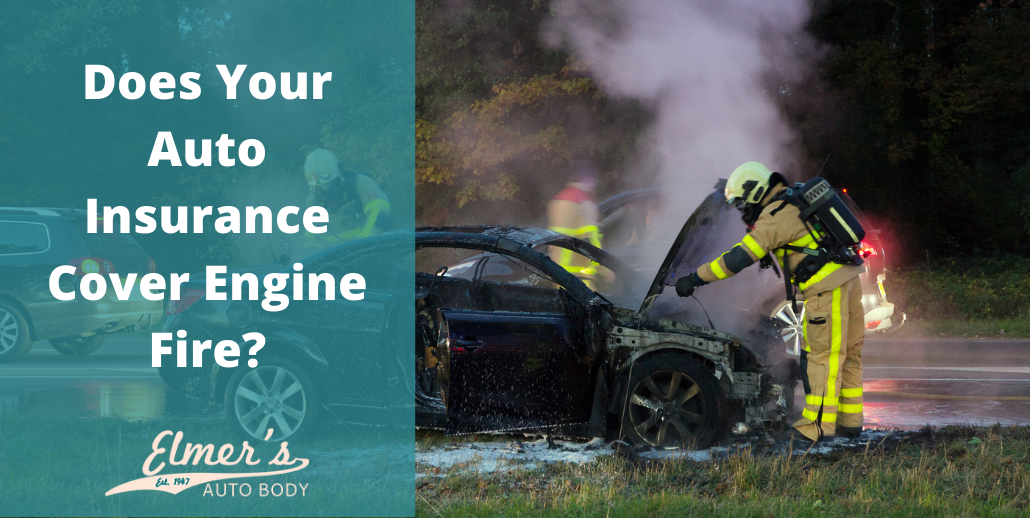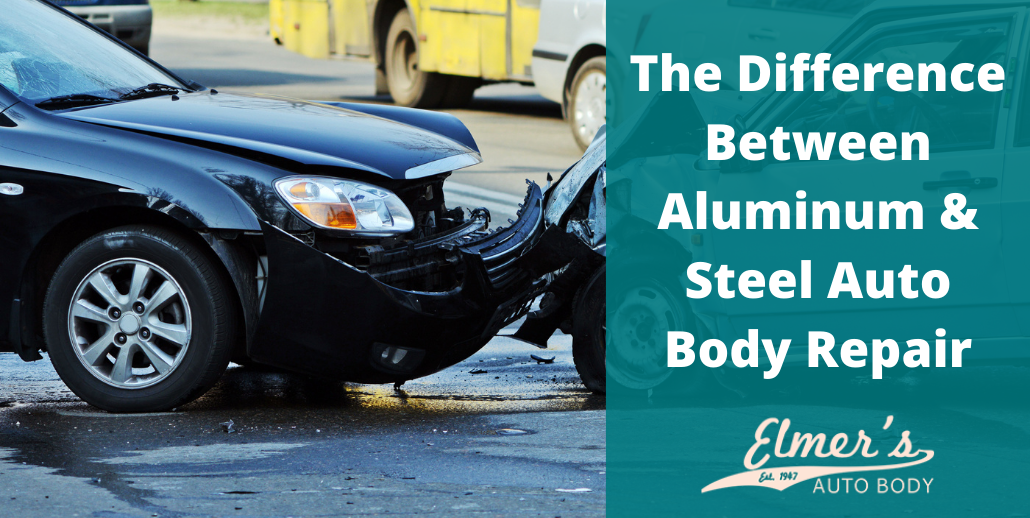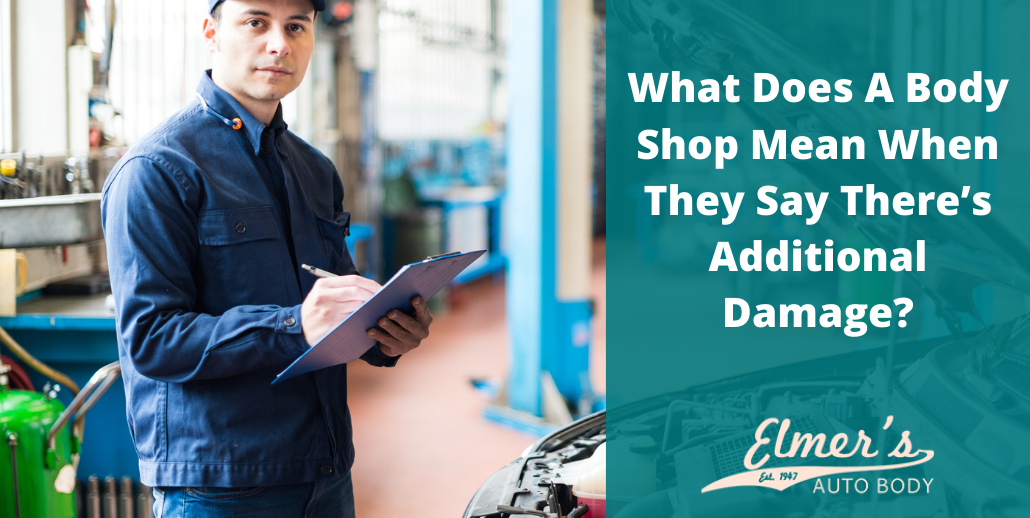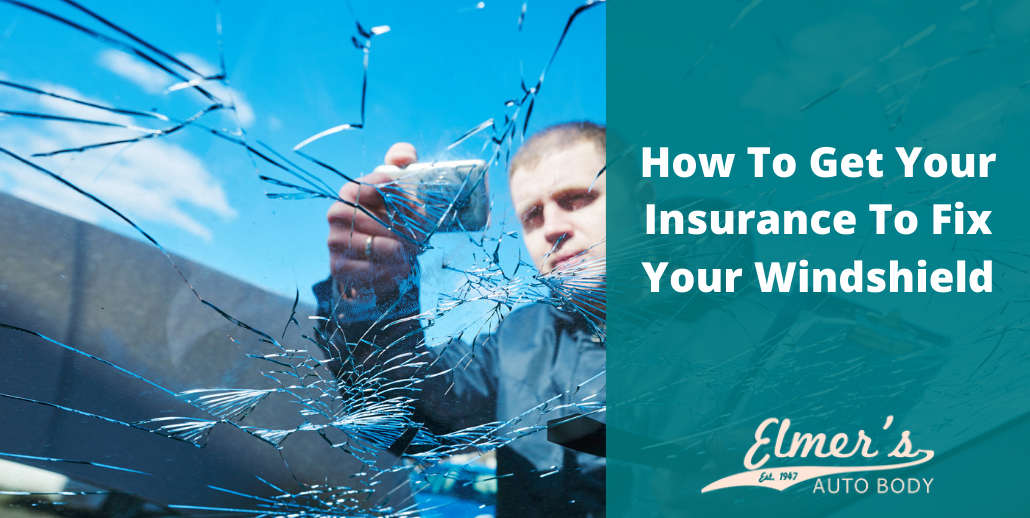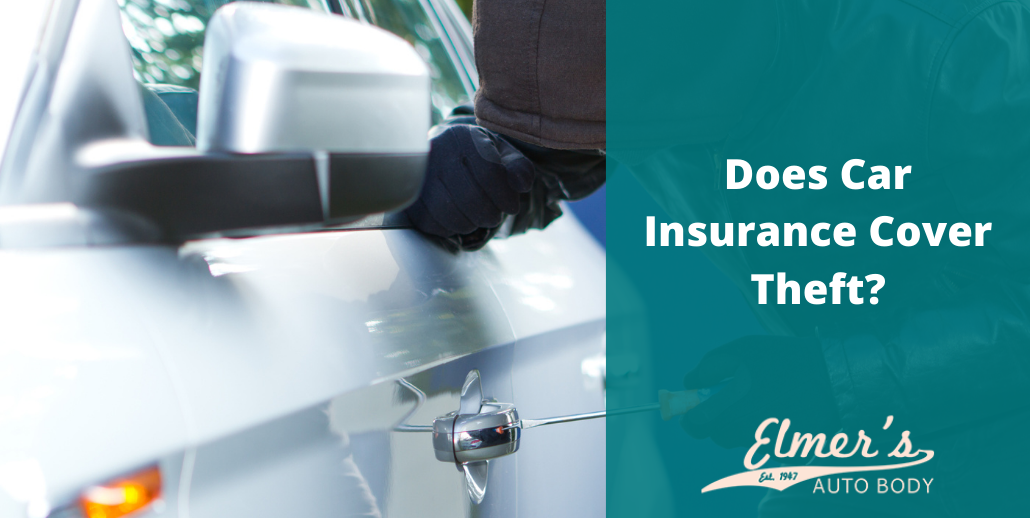Most people go through life thinking that they will never have to deal with something like a car fire. You’re prepared for things like collisions, theft, and vandalism, but what are the odds of your vehicle literally going up in flames? Believe it or not, one in eight fires that fire departments respond to involve a vehicle fire.
That means you need to consider whether your auto insurance covers engine fire. Not every type of auto insurance coverage will cover fire. Only comprehensive coverage will protect you against the costs of vehicle fire damage, regardless of the cause.
What Is An Engine Fire?
An engine fire is when a fire starts in your vehicle’s engine. The common cause of engine fire is a defect or design flaw. Poor maintenance may also be a culprit. If you let broken parts go or have leaky seals or bad wiring, the chances of a spark igniting a fire increase. For example, a bad gasket increases the likelihood of leaking flammable fluids, and if a frayed wire comes into contact with that liquid, you have a fire.
No one wants to deal with an engine fire, so bring your car in for maintenance and repairs today. Elmer’s Auto Body is one of the best auto body repair shops in New Jersey. We use only OEM parts and employ only certified technicians.
What Coverage Type Pays For Engine Fire?
As we mentioned earlier, the only coverage that protects you against fires is comprehensive car insurance. This is different from collision coverage that only covers damages from striking something, like a car accident. Comprehensive insurance deals with anything beyond the realm of a car collision. Being that it is an optional addition to your required policy, it costs extra and is oftentimes overlooked by many drivers.
The only time you are required to have comprehensive auto insurance is when you are renting or leasing a vehicle.
Another type of insurance you can purchase is called “supplemental fire insurance.” It will cover virtually everything having to do with fire, but you will have to review the specific wording of the policy that you choose. Supplemental insurance is meant to fill in gaps and cover any potential liabilities.
What Kinds of Car Fire Are Covered By Comprehensive Insurance?
Here are three scenarios in which comprehensive car insurance will cover fire damage:
- There is a wiring defect or mechanical problem that sparks an engine fire
- The vehicle is stolen and the car thief sets it on fire
- A housing structure that was on fire causes damages to nearby parked cars or those in the garage
What About Supplemental Fire Insurance?
Some examples of what supplemental insurance covers include:
- A rental car that is getting repaired or replaced
- Possessions in the vehicle that were damaged by the fire
- Additional expenses, like lost workdays during repairs
The Car Engine Fire Resulted in Total Loss—Now What?
If your car is suddenly engulfed in an engine fire, it often results in a total loss, because the fire can spread rapidly and burn at exceedingly high temperatures. The damages sustained may be impossible to repair. In the event that the engine fire resulted in a total loss, your car insurance will pay the cash value of the vehicle (minus the deductible).
You will need to file a claim in order to get the cash value for the ruined vehicle. The process is simple, but there are some things you need to be aware of before you pick up the phone. First, your claim may be investigated as fraudulent. Don’t worry. Because fire claims are a slightly rare occurrence, most insurance companies are hesitant to believe you immediately. However, if there has been no negligence on your part and no fraud, then the claim process will run smoothly afterward.
What About Repairable Damage?
If the insurance company’s adjuster deems your vehicle repairable and not totaled, you’re in luck! The insurance company will give you a payment to meet the cost of repairs after considering deductibles, and your car will be towed to a reputable auto body shop, like Elmer’s Auto Body, where it will be fixed.
Depending on the extent of the damages from the engine fire, the repairs could take a few days or a few weeks. Sometimes, the mechanic will have to order special OEM parts, and it may take a while for the shipment to arrive.
Bottom Line
Comprehensive car insurance and supplement fire insurance both cover engine fires. Be sure to check your policies to see what kind of fire claims are excluded, if any. Knowing you are protected from engine fire-related losses will give you some peace of mind since such events can be truly devastating.
Having the best auto body shop in your area by your side is also important. Elmer’s Auto Body has been in business for many years. We are highly experienced, highly certified, and 100% committed to offering the best repair services for motor vehicles. Whether you need simple maintenance or a large-scale repair, we got your back.
Get in touch with us today. Pick up the phone or fill out the contact form. A representative will get back to you soon.

